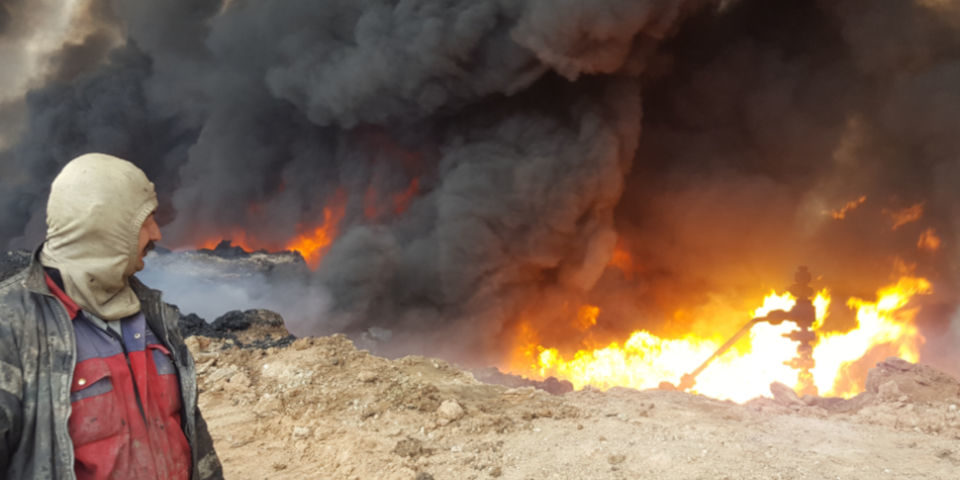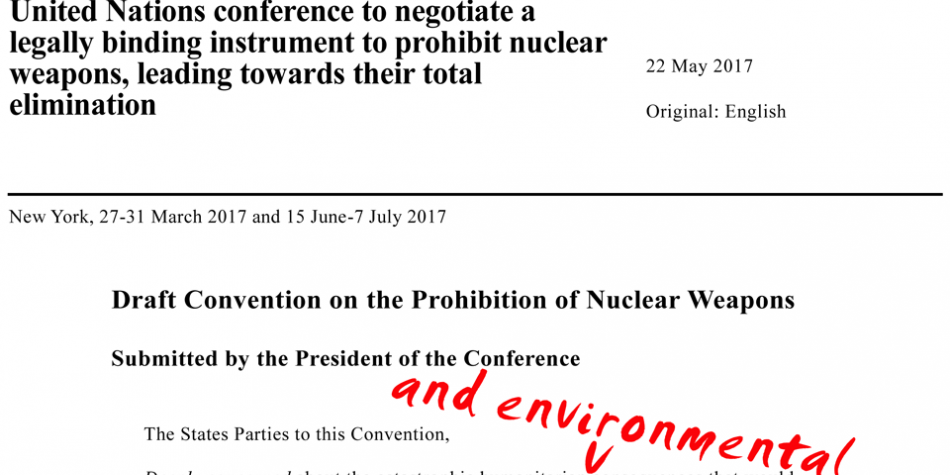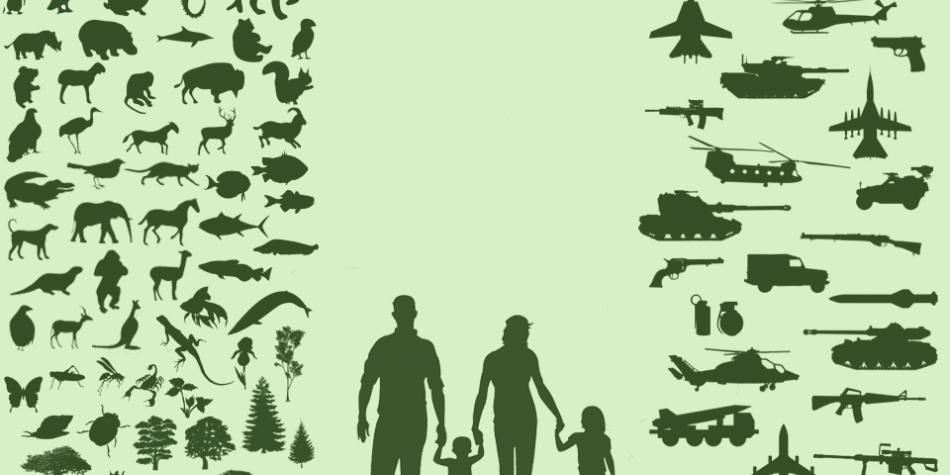Environment and Emergencies Forum seeks to improve humanitarian response to conflict pollution
Next week, UN Environment will host the biennial Environment and Emergencies Forum (EEF) in Nairobi. The EEF seeks to showcase innovations in environmental emergency preparedness and response, and to highlight current efforts on integrating environmental risk in humanitarian action. Although it has been held since 1995, until this year it has never specifically focused on the human health and environmental threats caused by armed conflicts. Wim Zwijnenburg and Doug Weir preview the event and consider some of the main challenges faced by humanitarian practitioners seeking to minimise the risks posed by toxic remnants of war.








